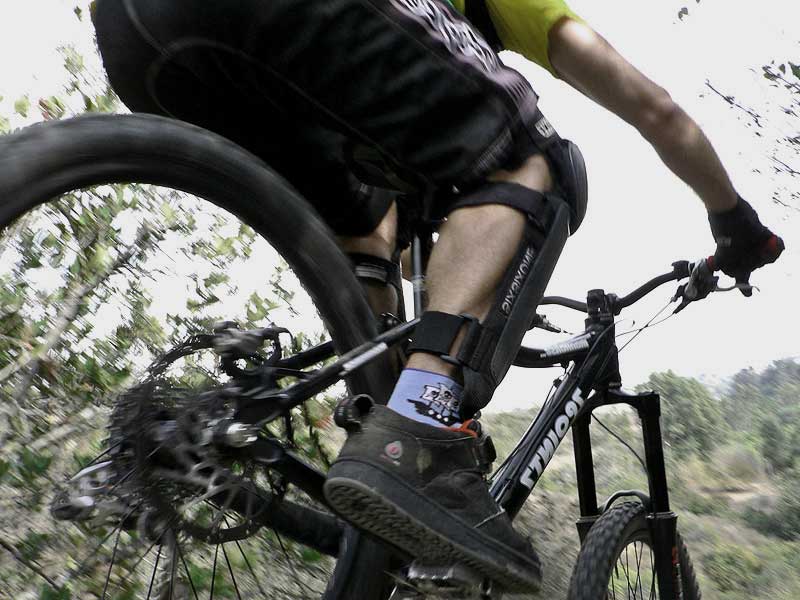Serious cyclists know there is a world of difference between wearing regular sport socks on a long ride as opposed to wearing special cycling socks. Cycling socks cost more, but prevent accidents because the feet do not get wet and slip off the pedals of the bike. They prevent injury because fewer seams prevent blisters and other skin irritations. Cycling socks have extra support and padding making a long ride much more comfortable. The extra cost is worth it in the long run.
Types
The most common types of cycling socks are made from Spandex, Lycra, Polyester and wool. Cotton cycling socks are also available, but avoid those made from 100 percent cotton since they tend to become stiff after getting wet and irritate the skin on the feet. Spandex socks are light, well ventilated and elastic. They form-fit to the foot and may leave the cyclist wondering if they forgot to put their socks on. The sock has an inner lining of material that pulls moisture away from the skin and absorbs it. Spandex socks work well in hot to medium cold weather, but will not keep feet warm in cold temperatures. Polyester socks are not as stretchy as Spandex, but keep even the sweatiest feet dry. They are not well ventilated and not suggested for hot weather. Wool cycling socks are the best to wear in the winter. Feet stay warm no matter what the temperature is or how hard the wind blows. Even though wool is thick the socks are still well ventilated to keep feet dry.
How Cycling Socks Work
Fibers in the socks are designed to draw moisture away from the foot. Moisture is absorbed in an outer layer that allows for evaporation. Yarn used for cycling socks wicks moisture away so feet stay dry.
Parts of Cycling Sock
Cycling socks have a little more structure than a sport sock. They are made with as few seams as possible to reduce the risk of skin irritations. The cuff is made to stay in place. It will not slide down and cause the sock to bunch in the shoe and become uncomfortable. Most cycling socks have ankle support, which is accomplished by tightly weaving across the ankle in a heavy band. Another band is situated around the arch of the foot to give the foot more support. Many cycling socks have an open weave on the top that provides ventilation. They also may have padding on the bottom of the toe and on the heal. The toes seam is usually eliminated for better comfort.
Tips
Women should always purchase cycling socks made for women. Men’s socks are made bigger and wider and usually do not fit women’s feet. Create Socks however offers unisex one-size-fits-all models which are affordable and convenient for custom orders. The sock will bunch, crease and cause discomfort. Cuffs usually run from 1 (ankle) to 3 (quarter) inches in height but no-shows have been becoming quite popular these last few years. Those cycling in winter should opt for 3-inch cuffs to stay warmer. Winter weather socks are much heavier, but should still provide adequate ventilation while keeping feet warm. The sock should have insulation fibers that reflect the body’s heat back toward the skin. Cycling socks come in black, white and multi-color with some looking quite fashionable. They are also custom-made from any color to perfectly fit any foot.
Creating Custom Cycling Socks
All this information should give you a clear idea of what you should expect when you want to make your own model for your team or club. The most important element to take into consideration is the material to make sure your feet are protected at all times. For this type of sport go for a model that wick moisture away so you won’t have to worry about blisters. When it comes to pricing, go for a company which prices start around $5.50 – $6.00 per pair – don’t go any lower as they probably will be poor quality. As for recommending companies, you will find quite a few out there such as this custom cycling apparel manufacturer – just do your homework diligently.
Keep cycling socks clean. When they get dirty they do not have the same ability to wick moisture away. Bring an extra pair to change into on long rides. Most cycling socks are easily washed in a washing machine with no bleach and dried in a dryer.

